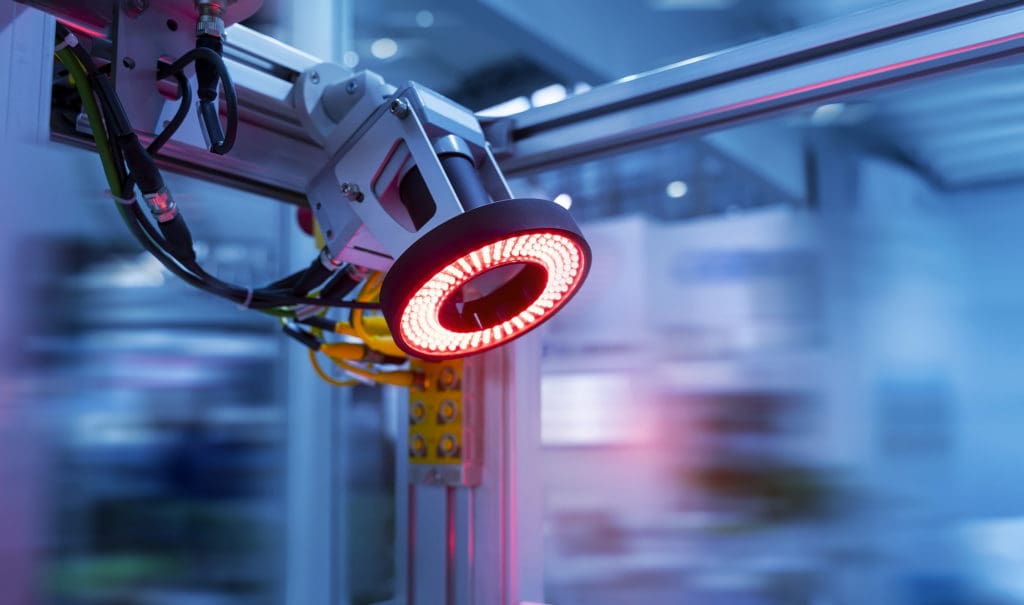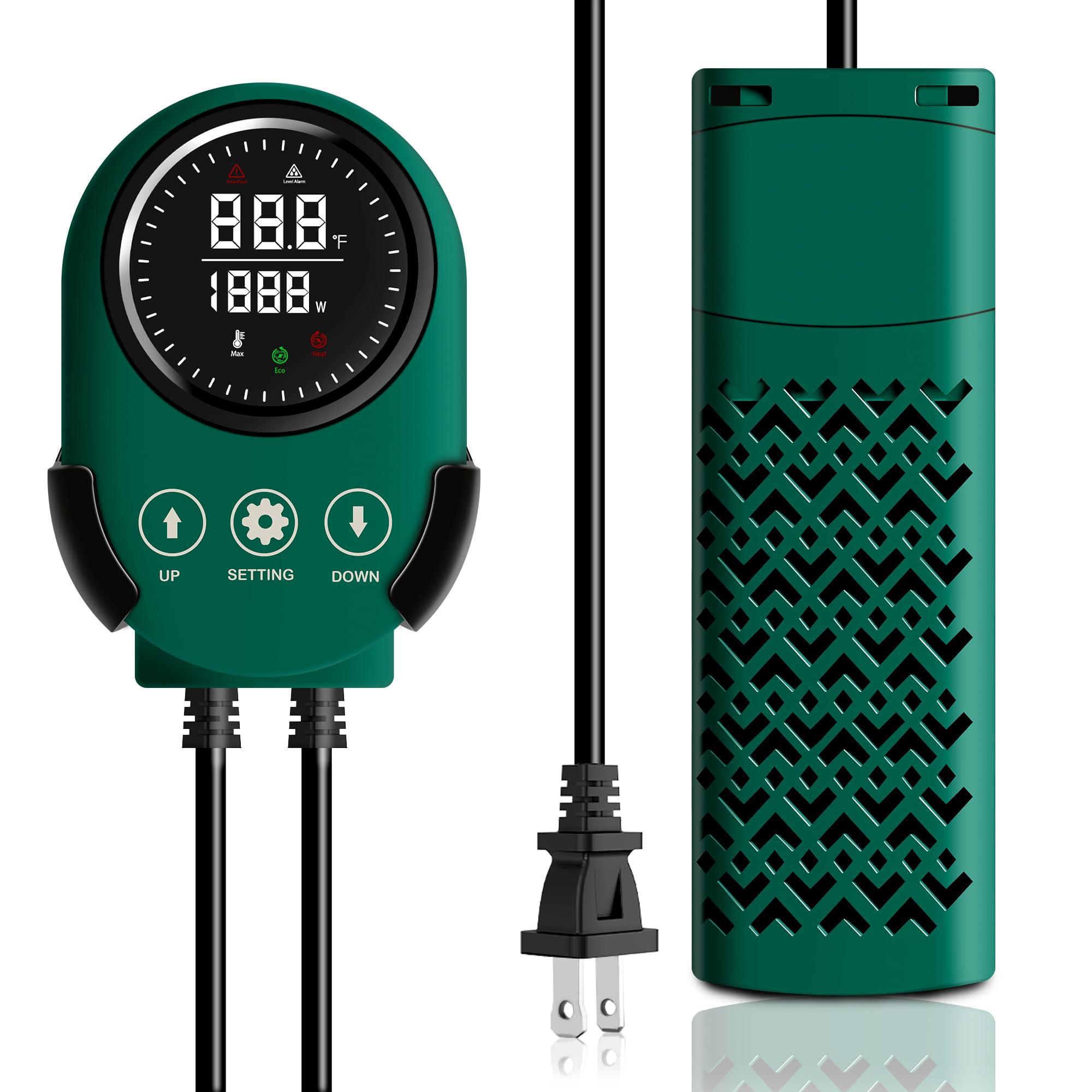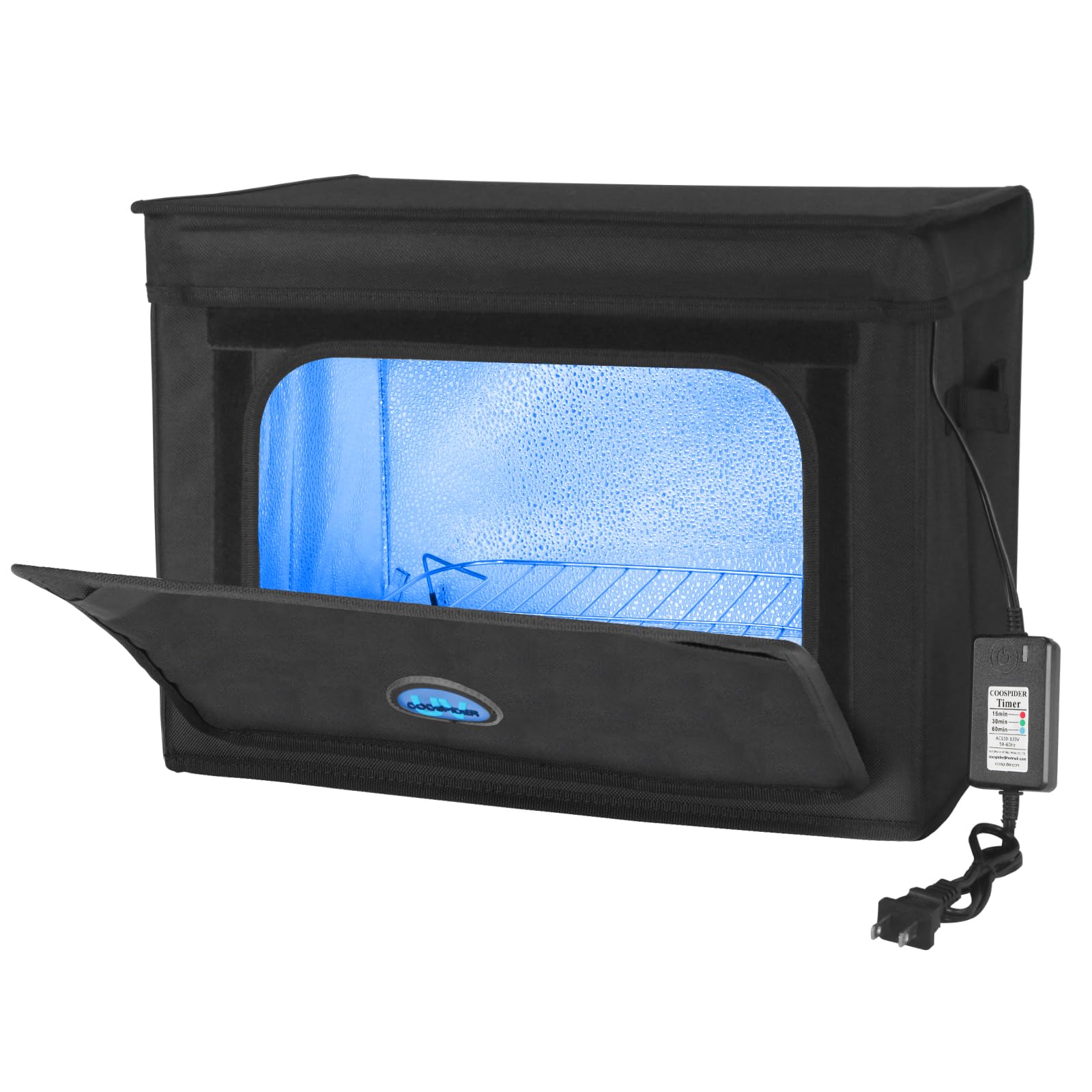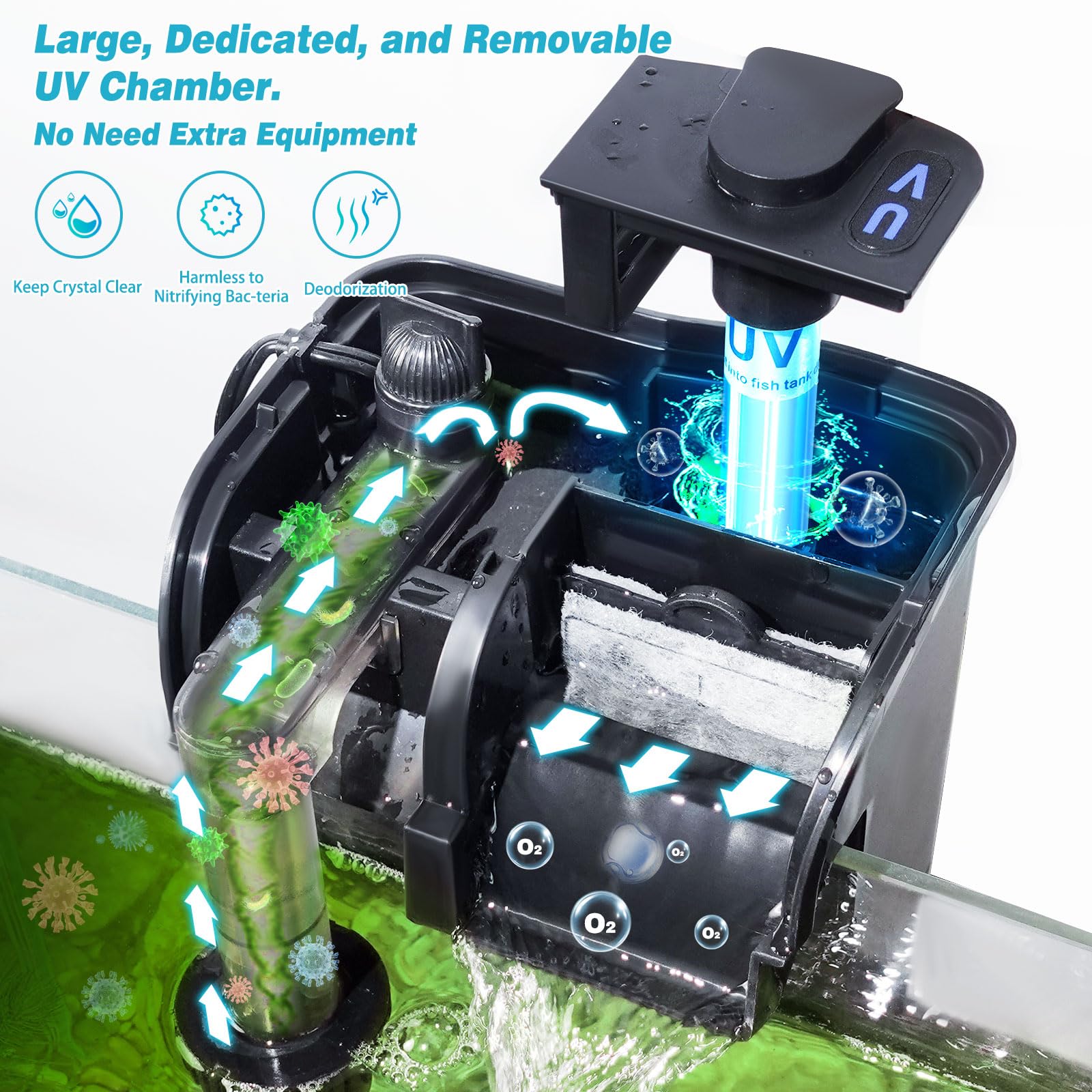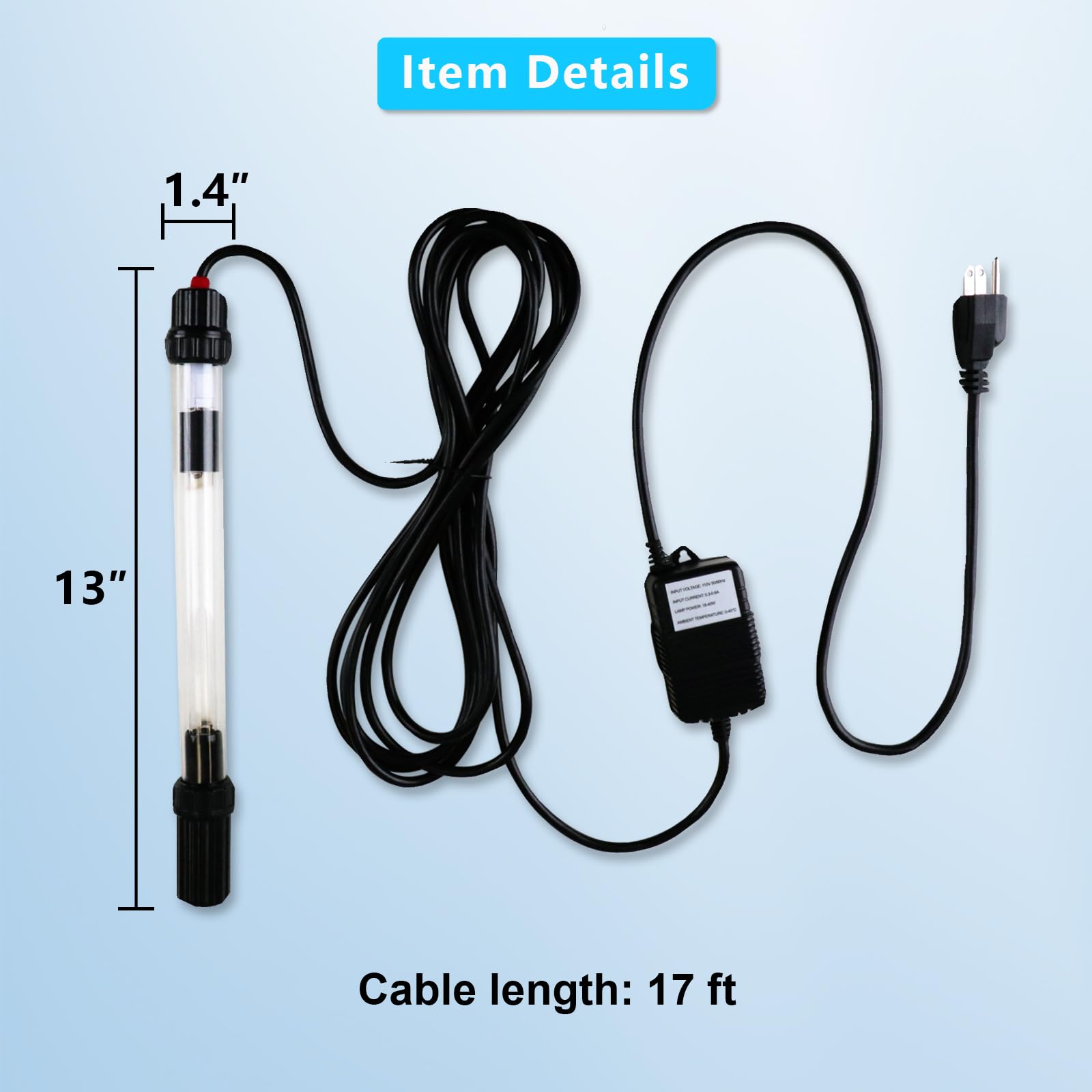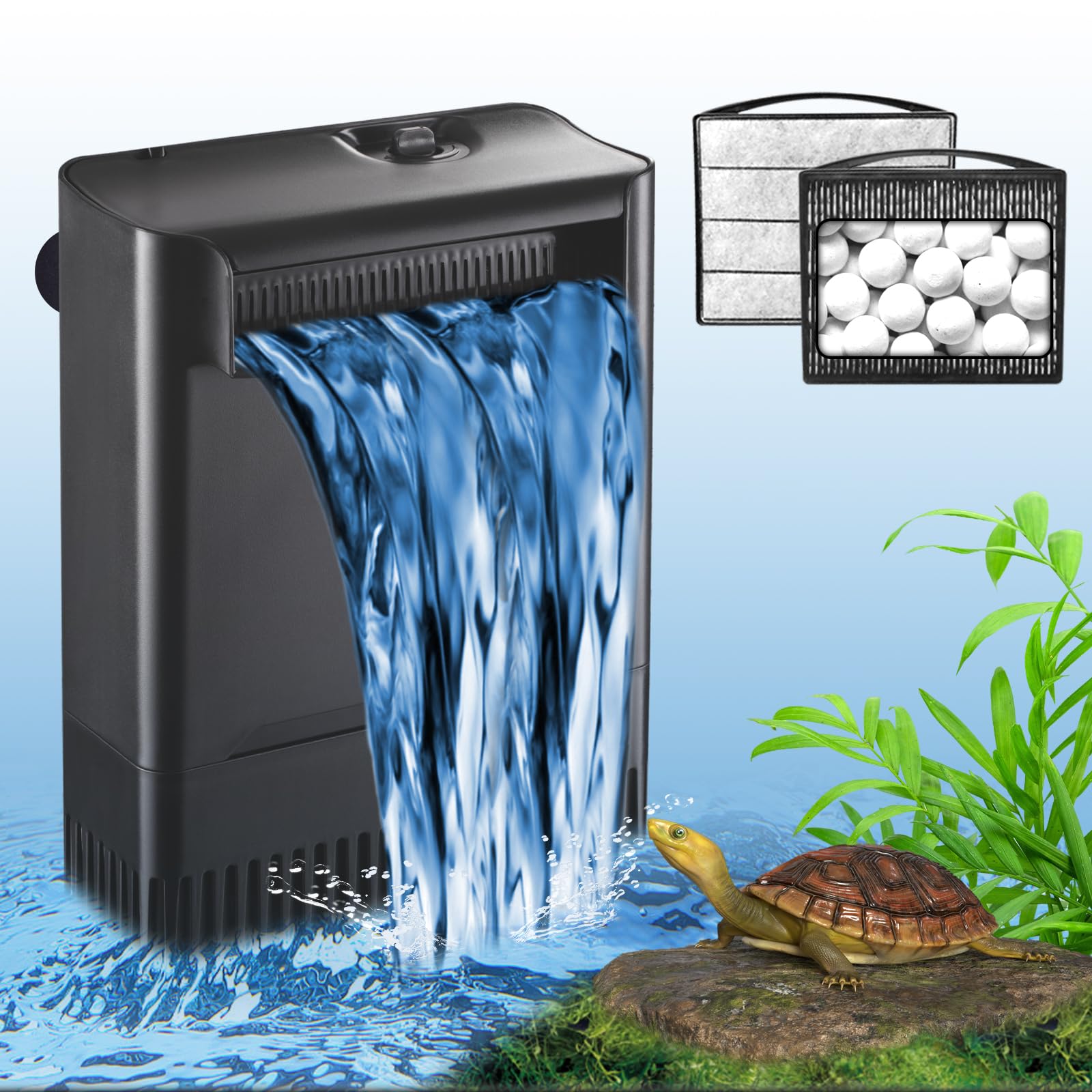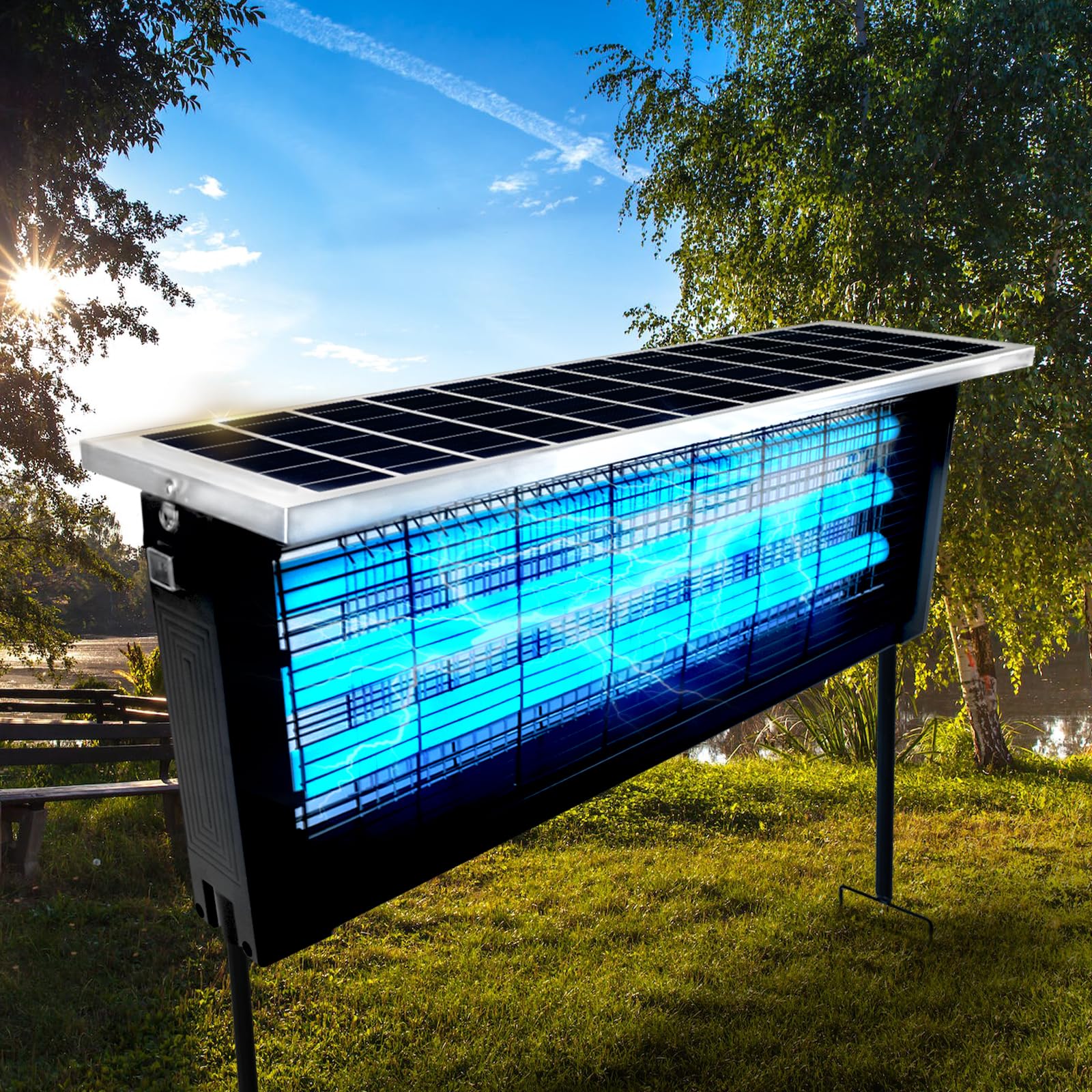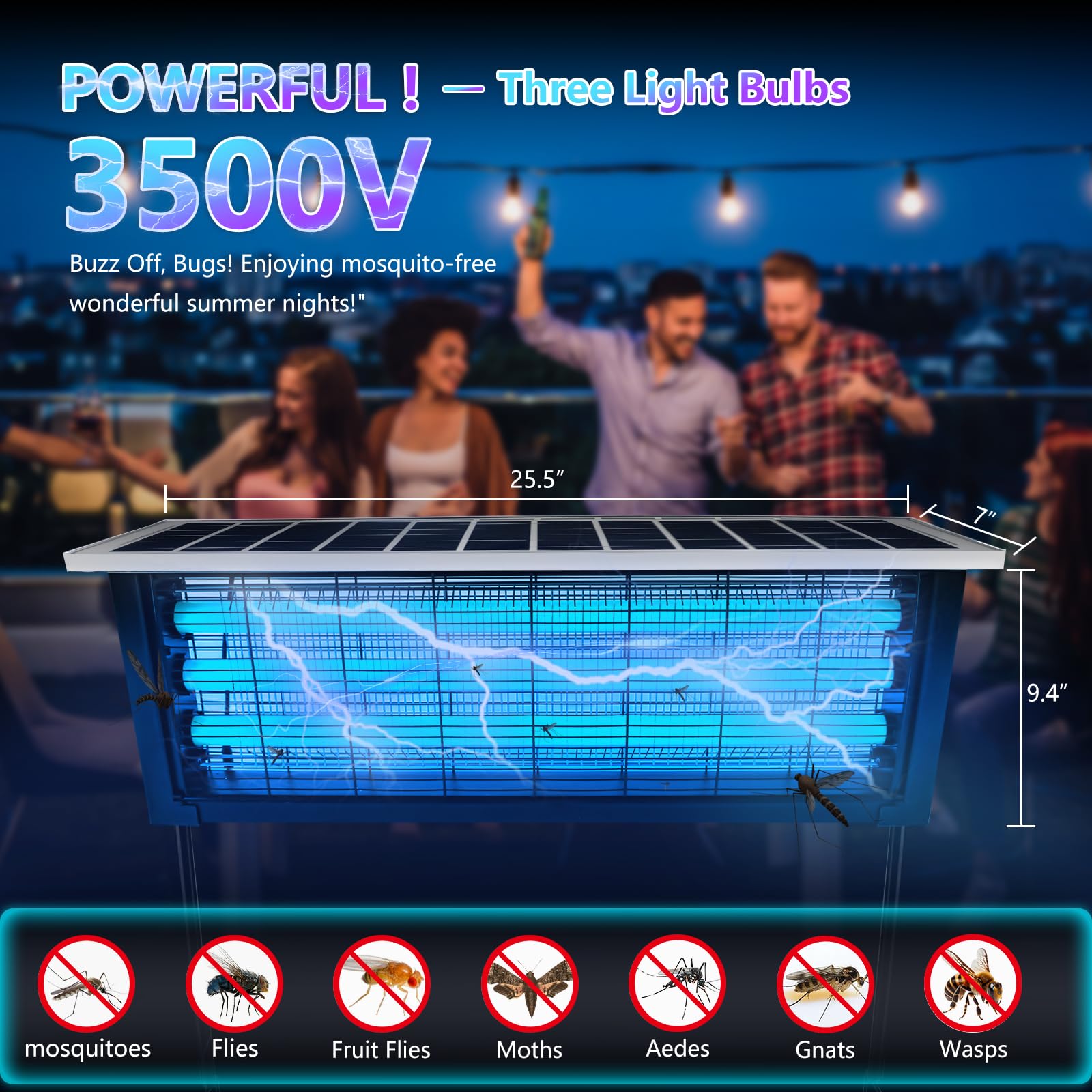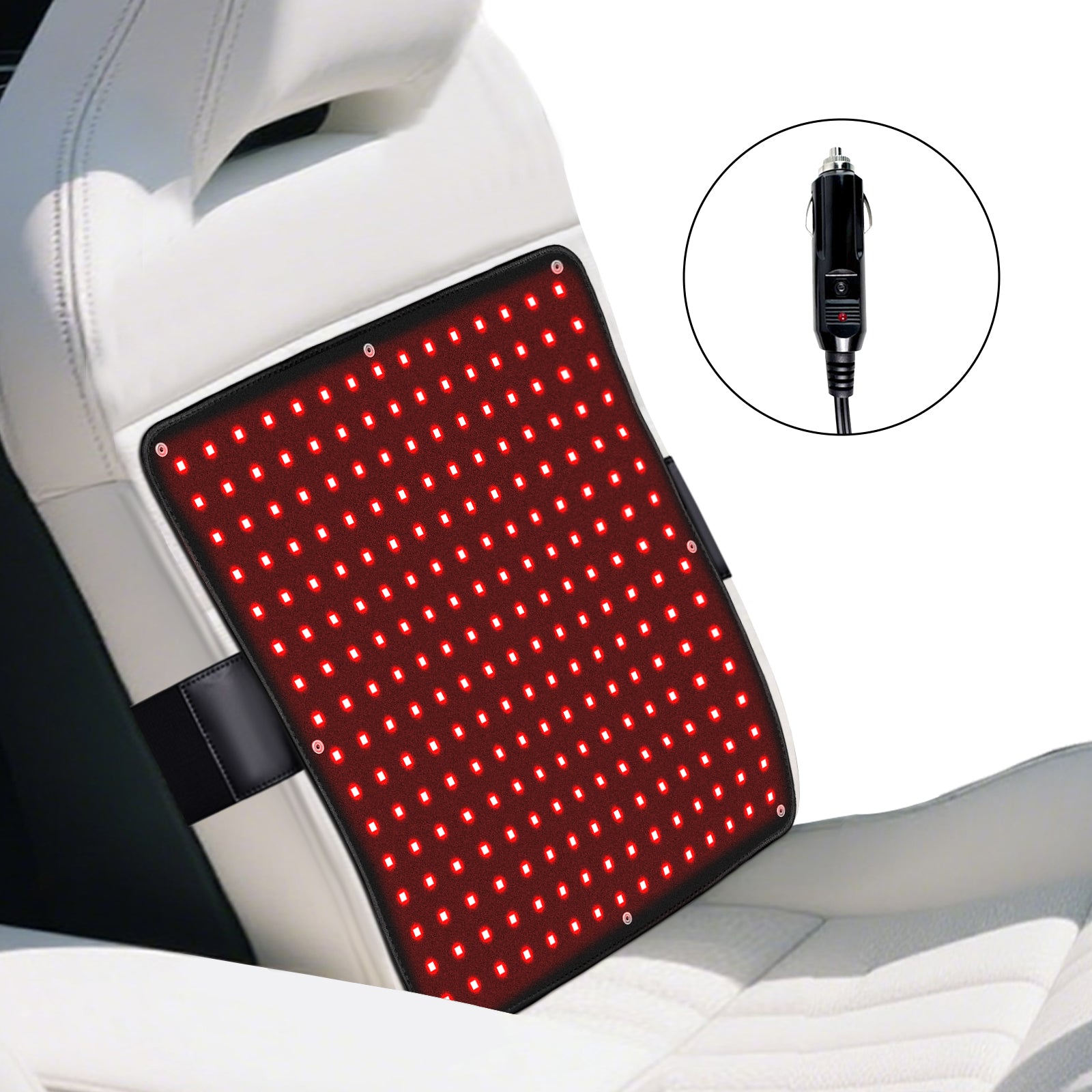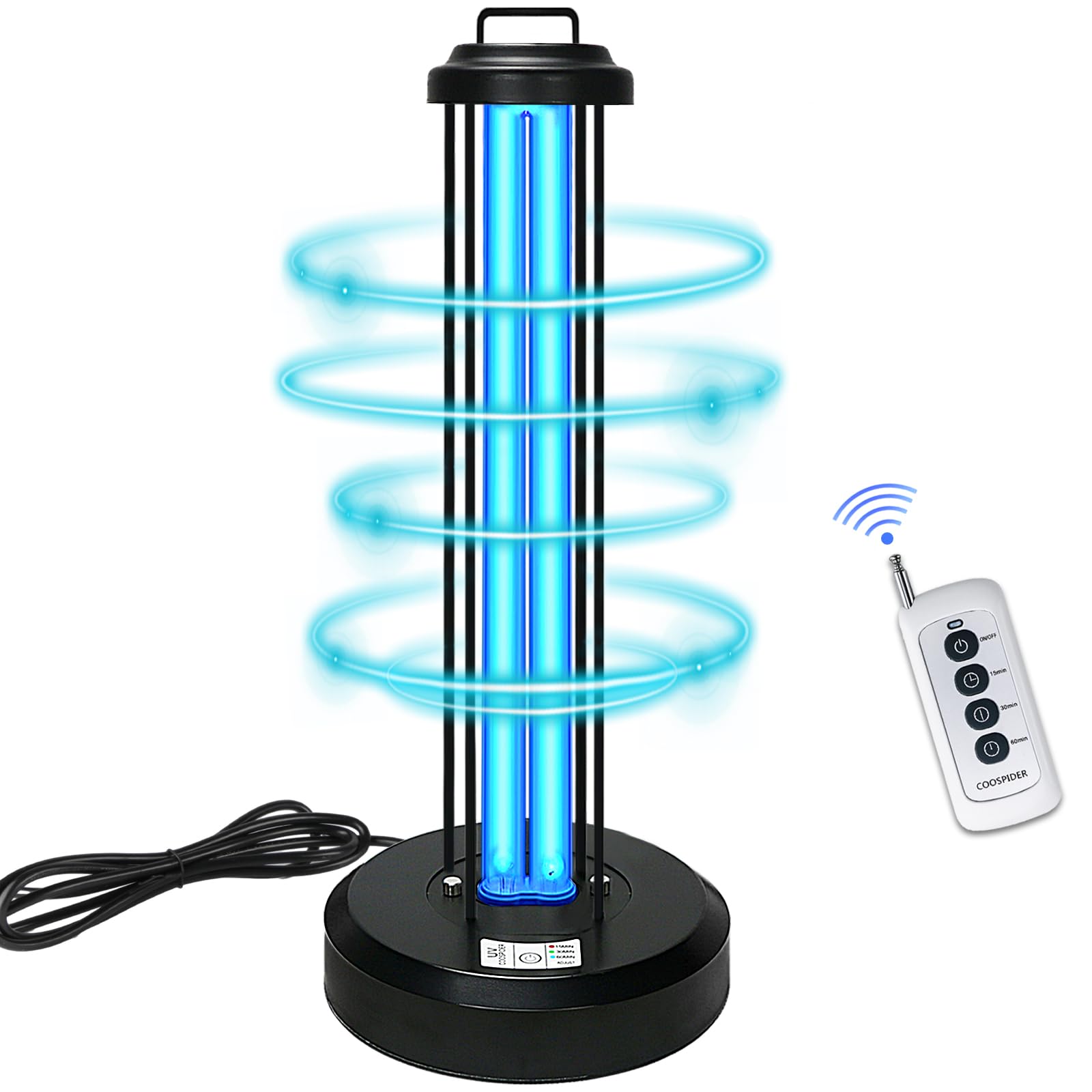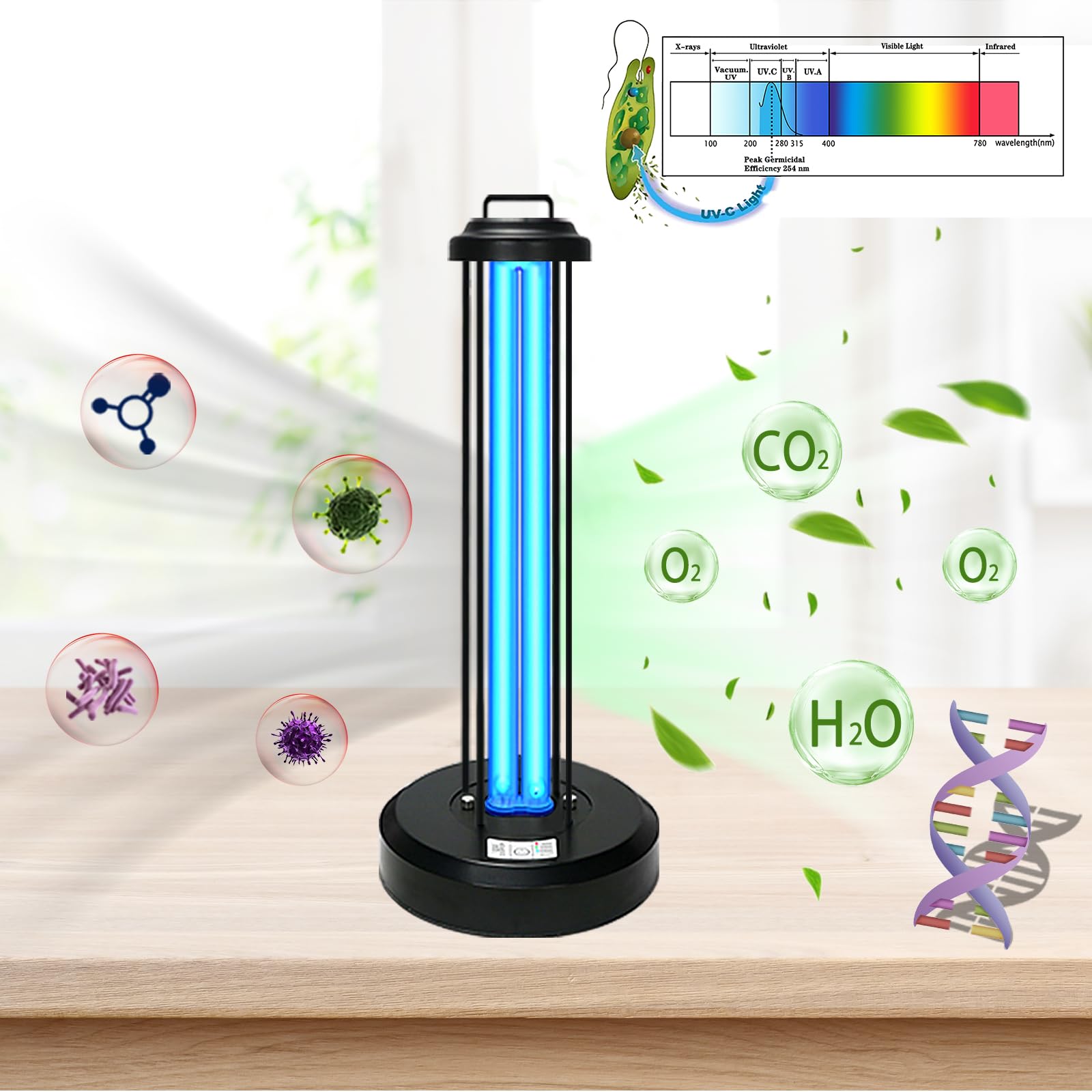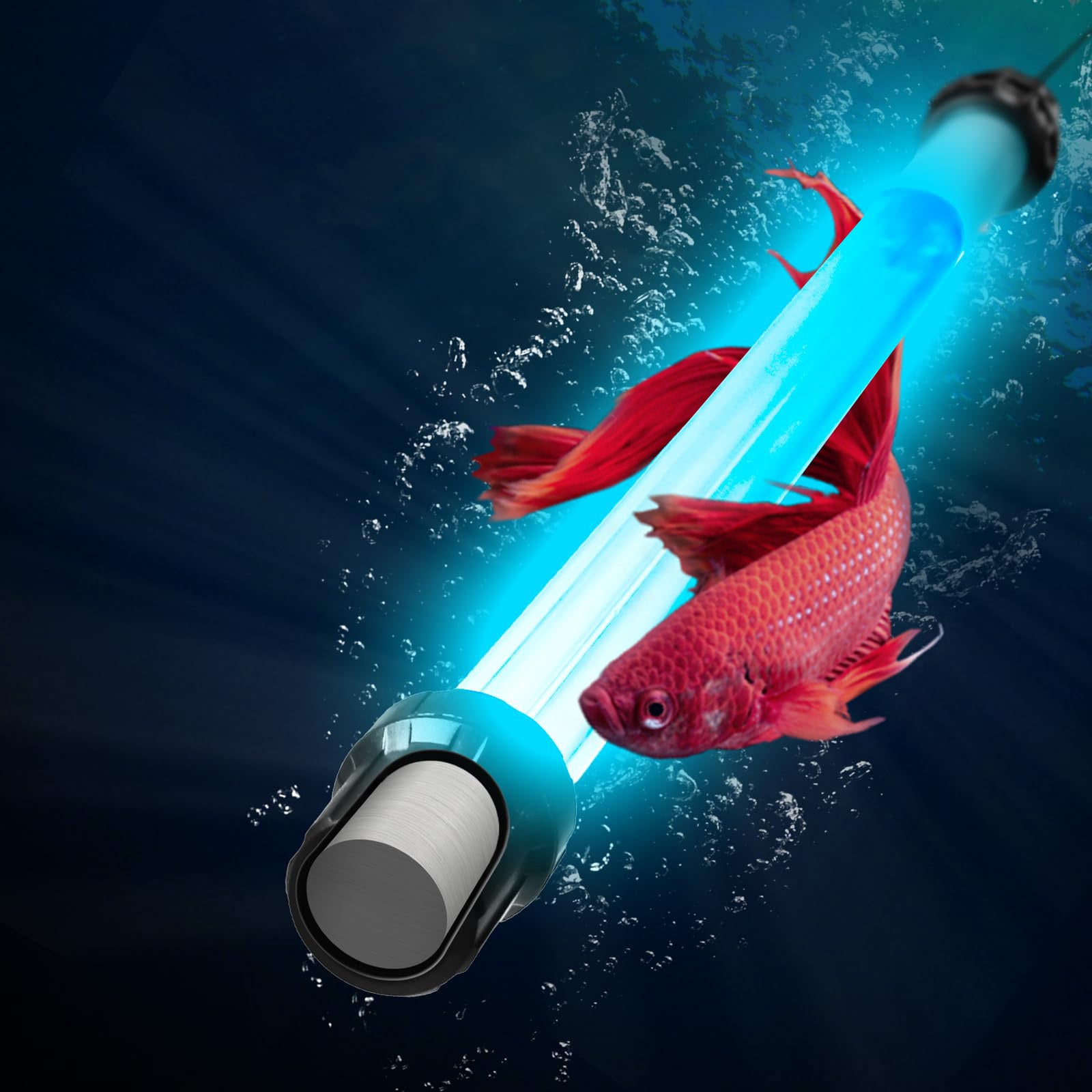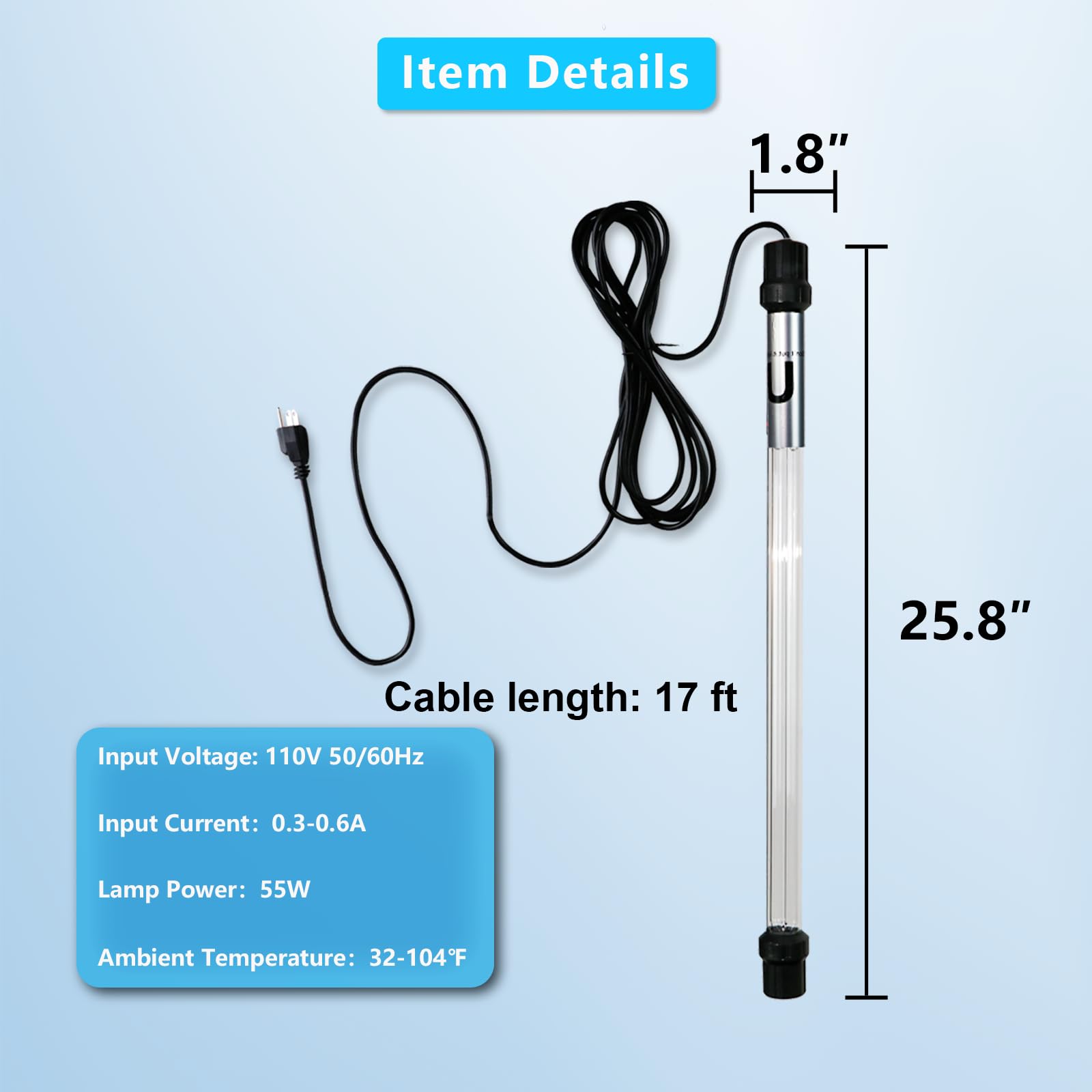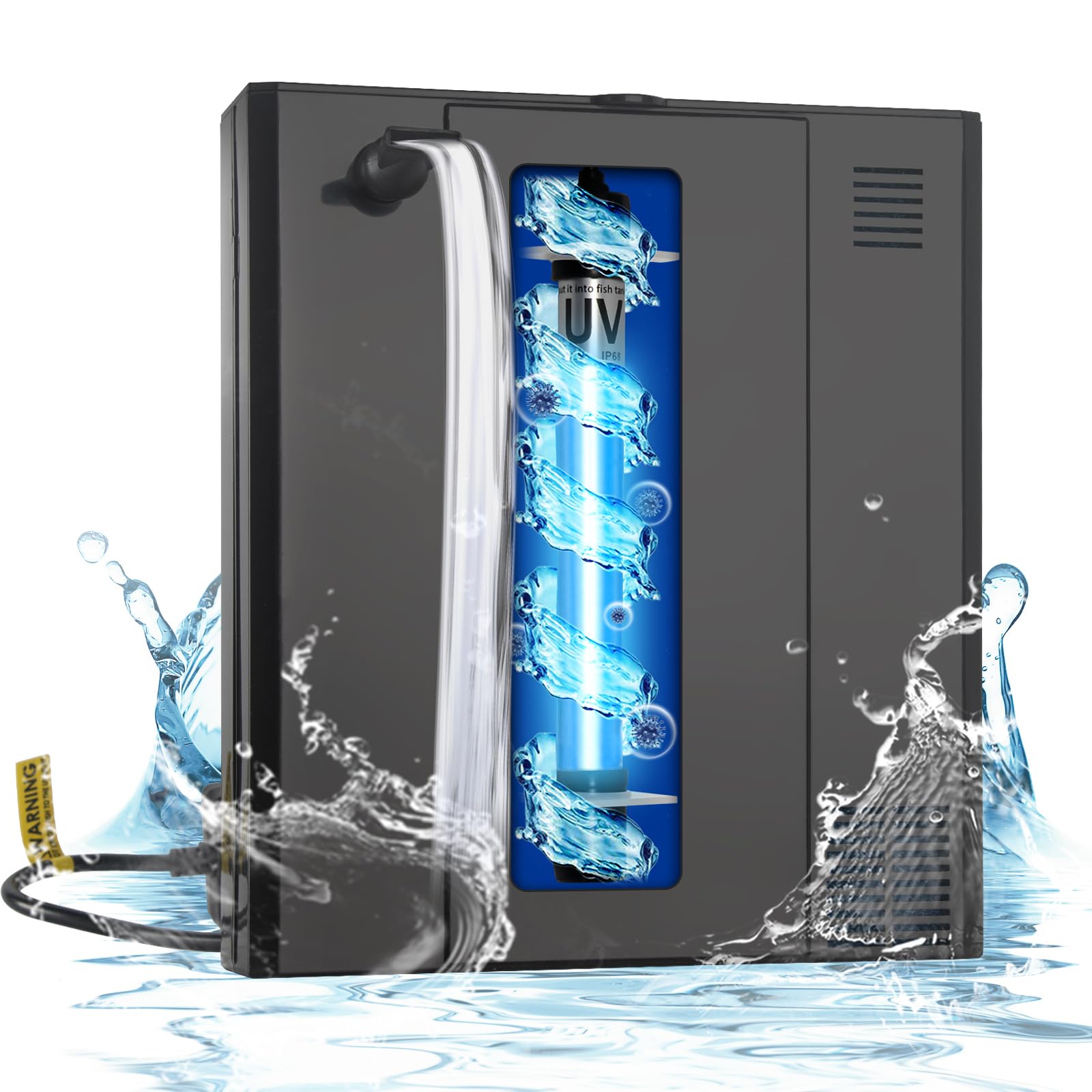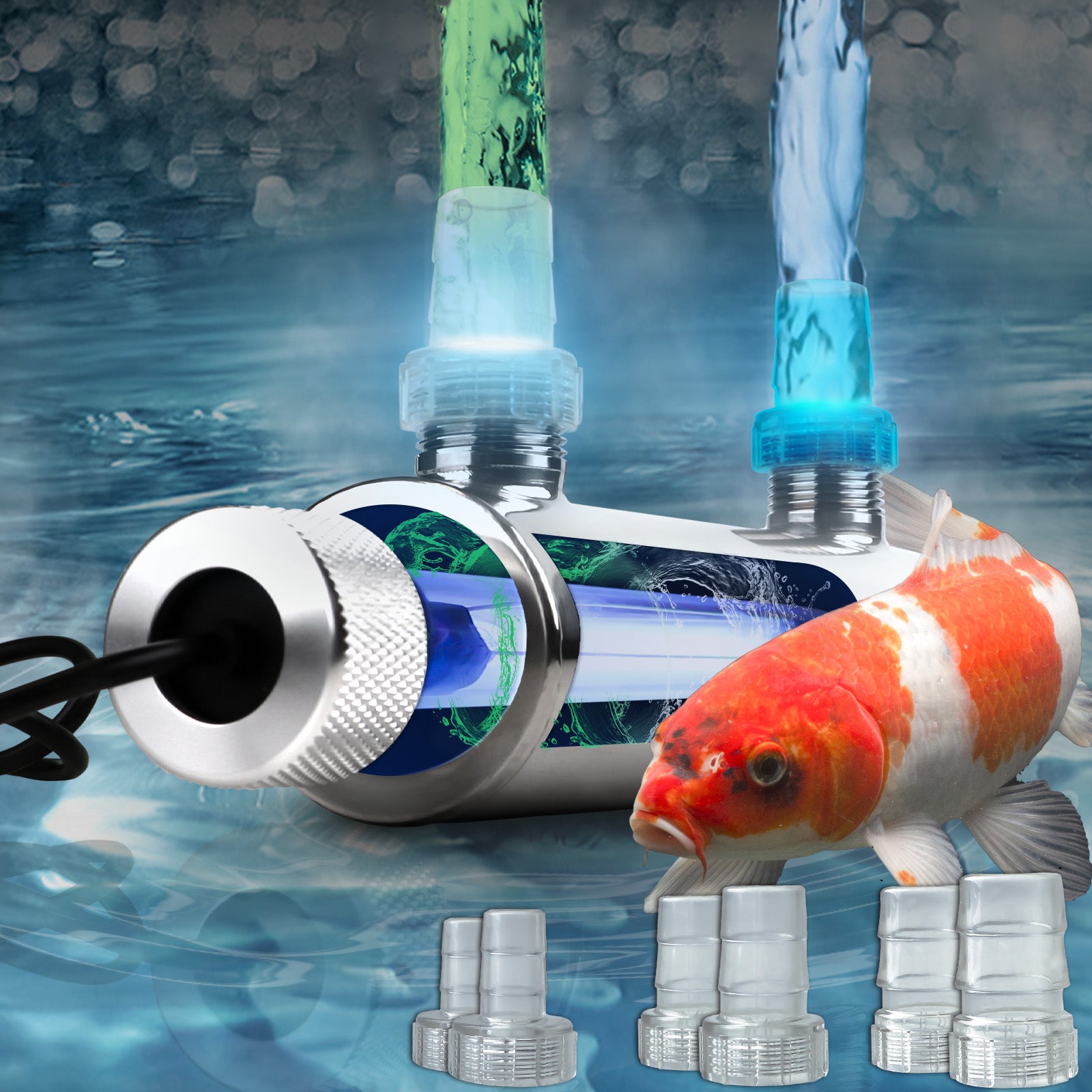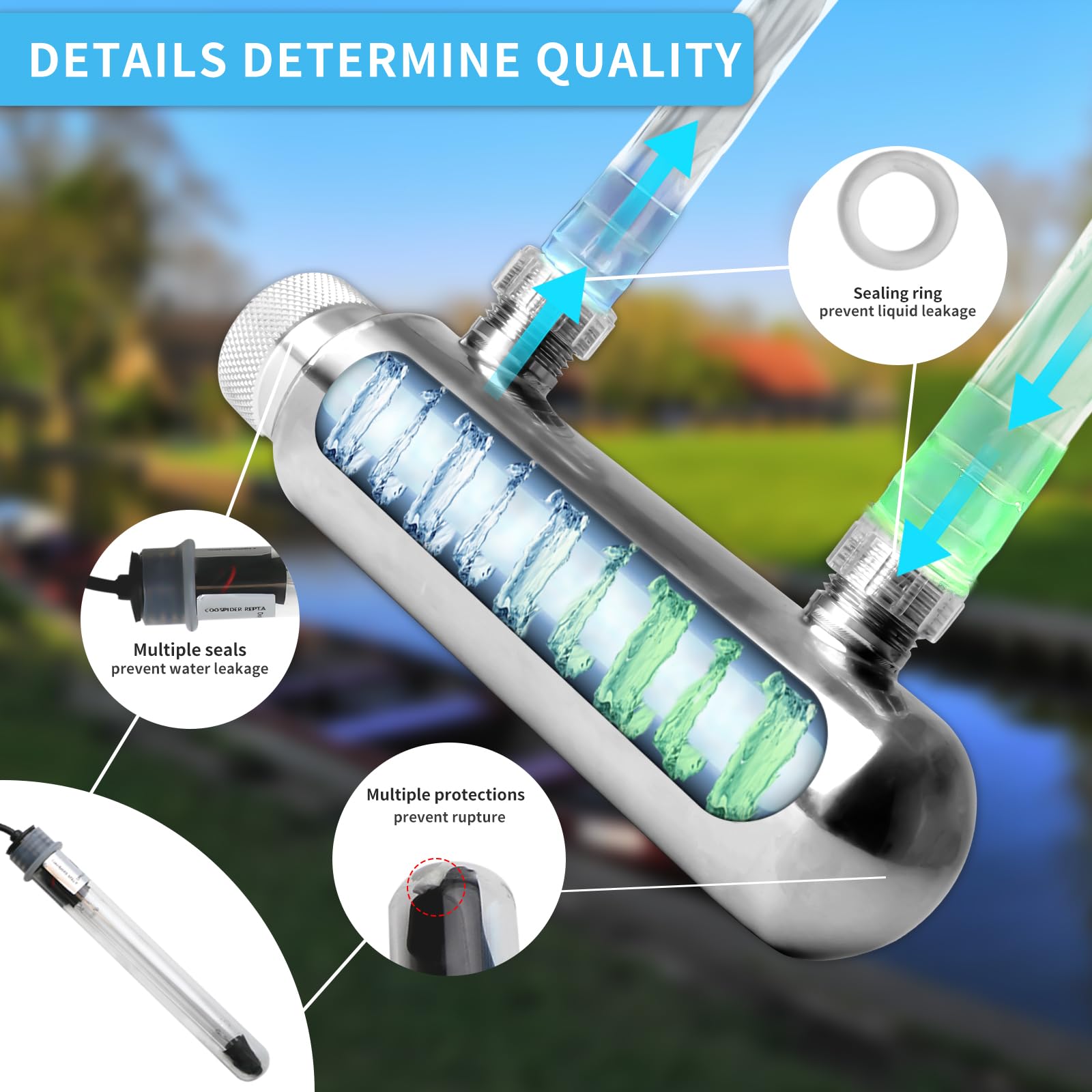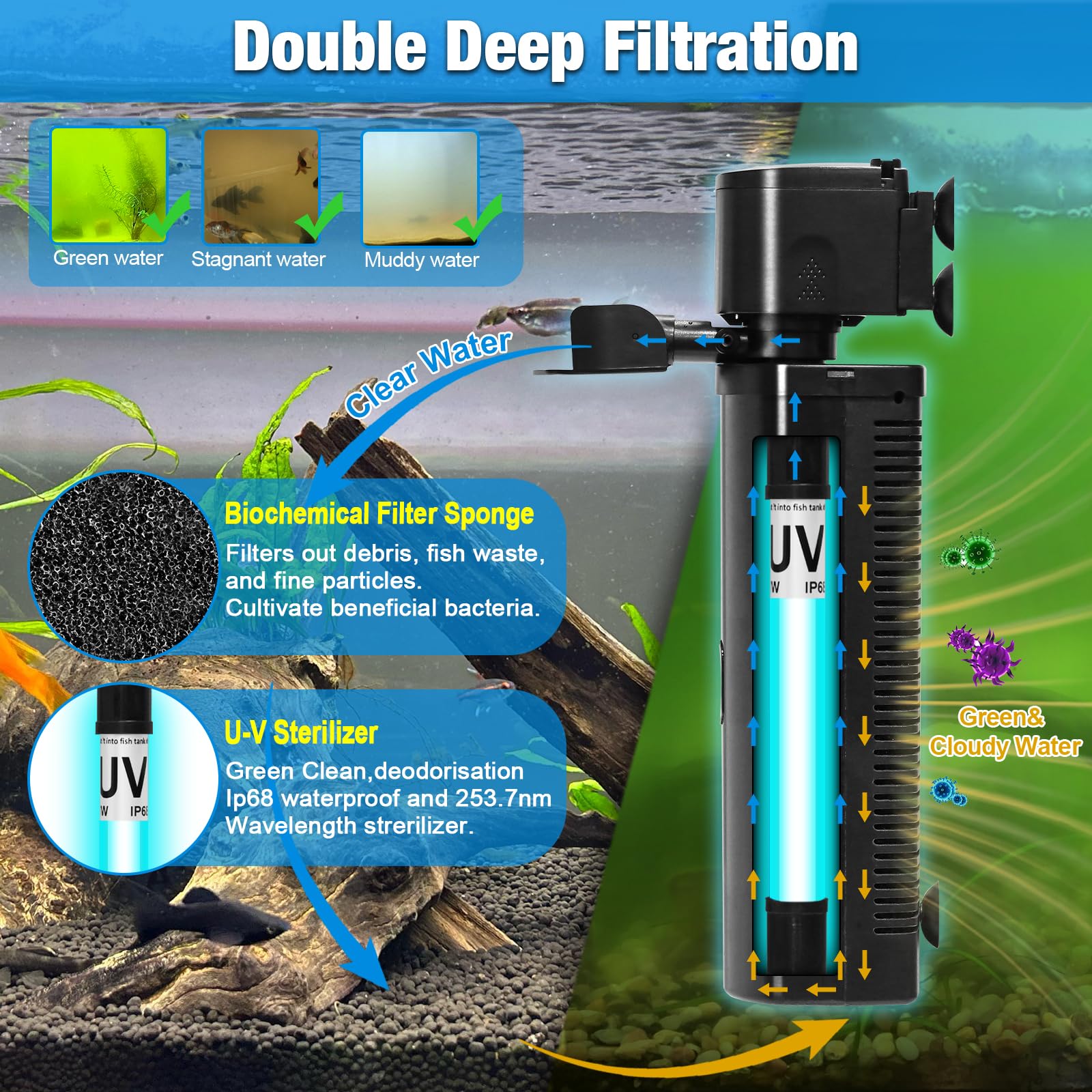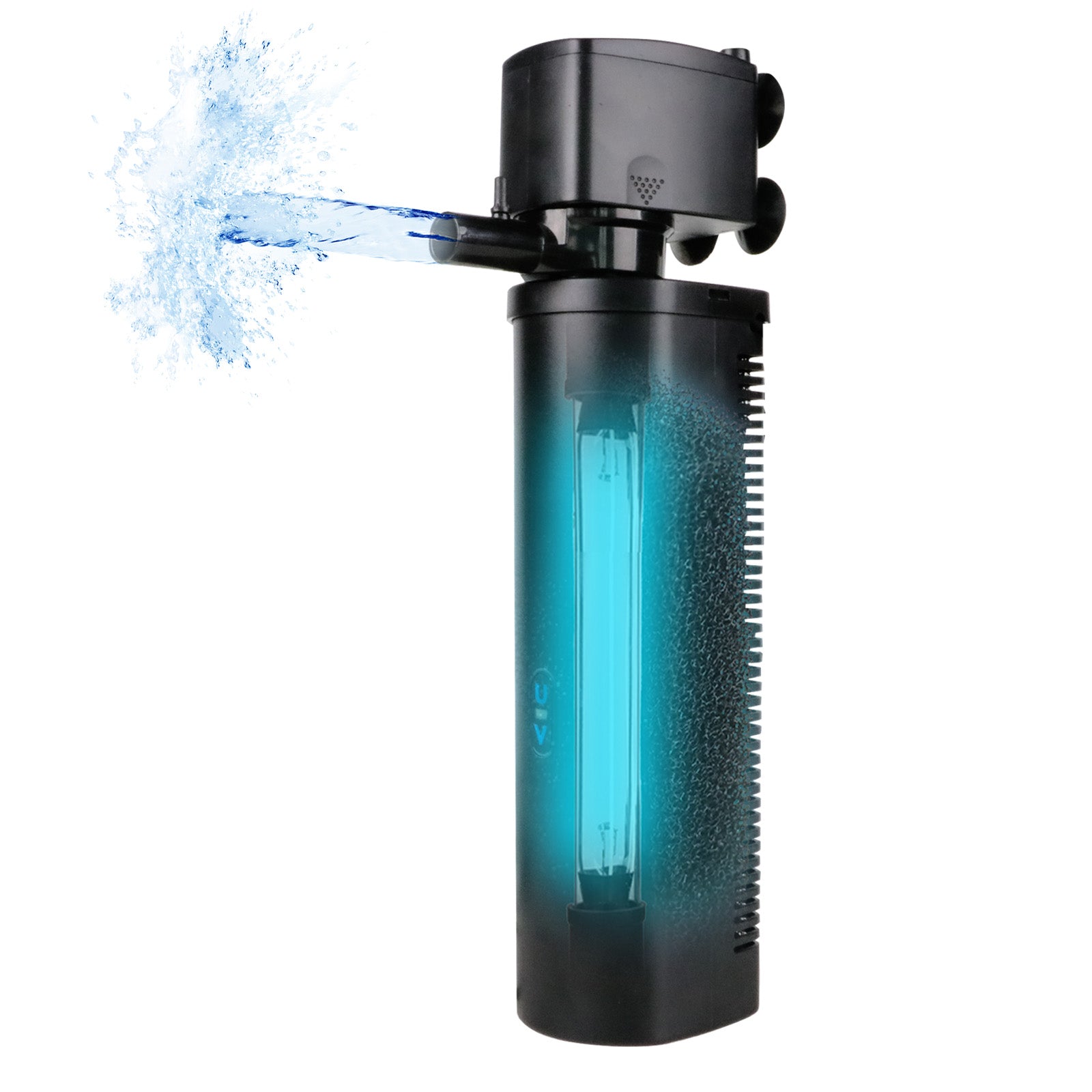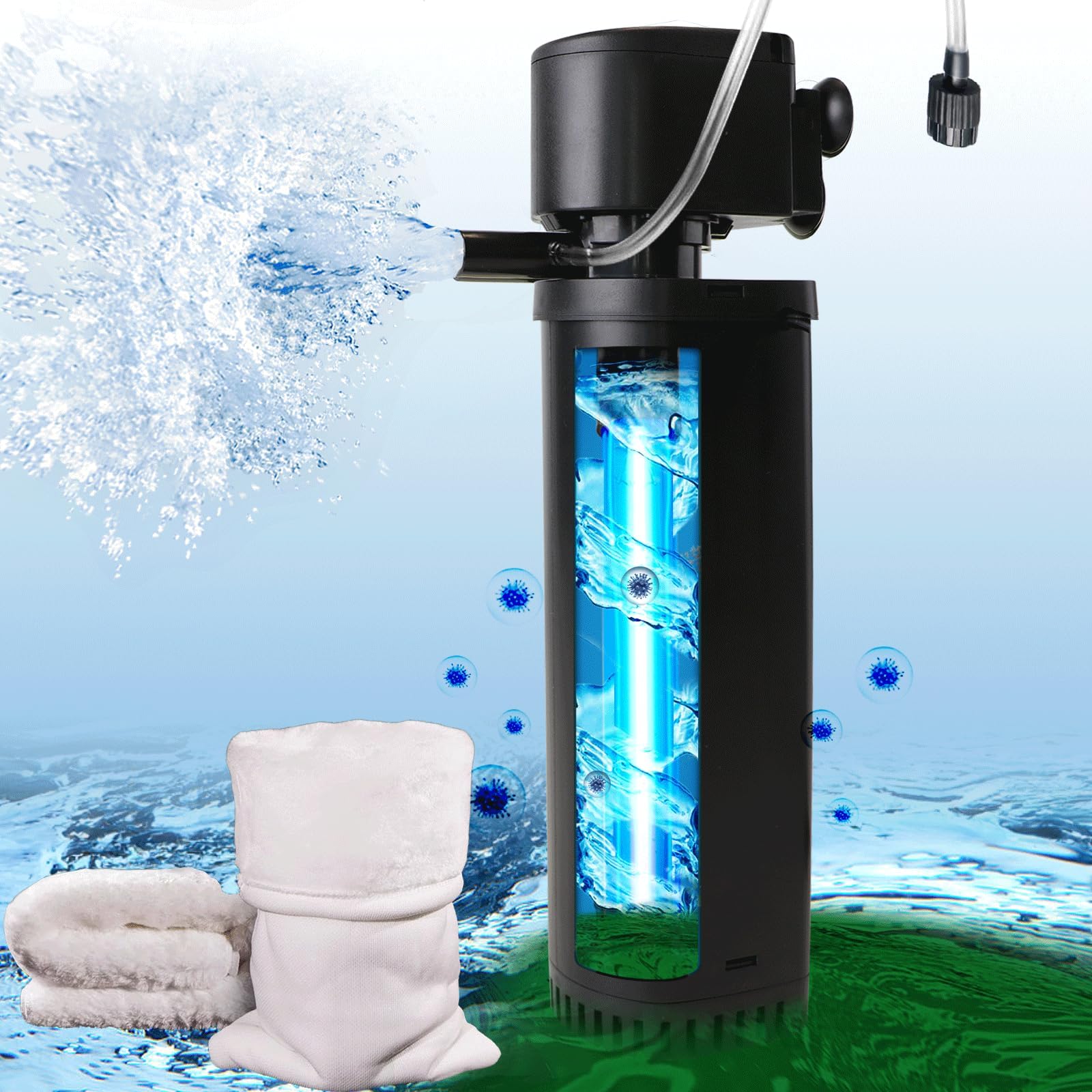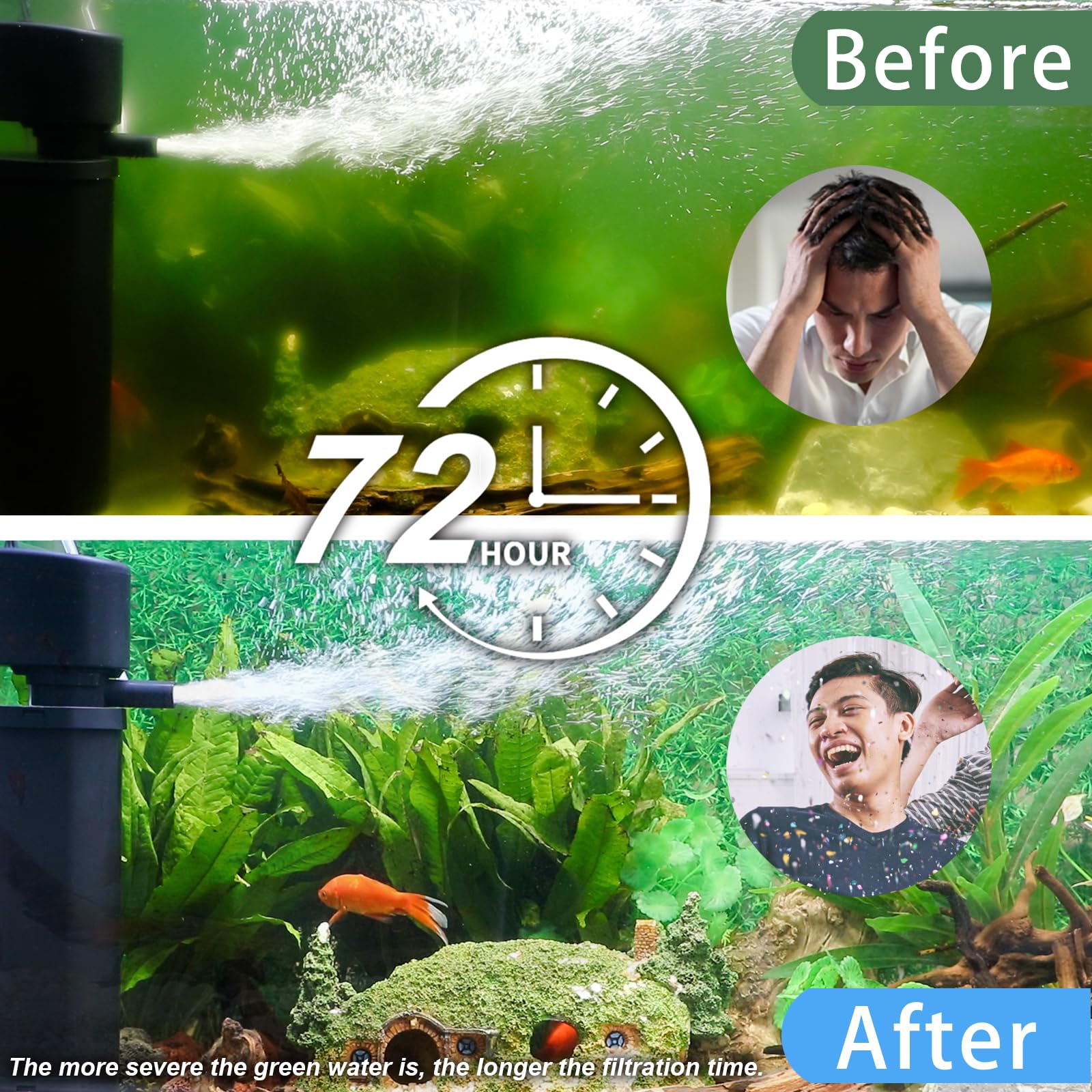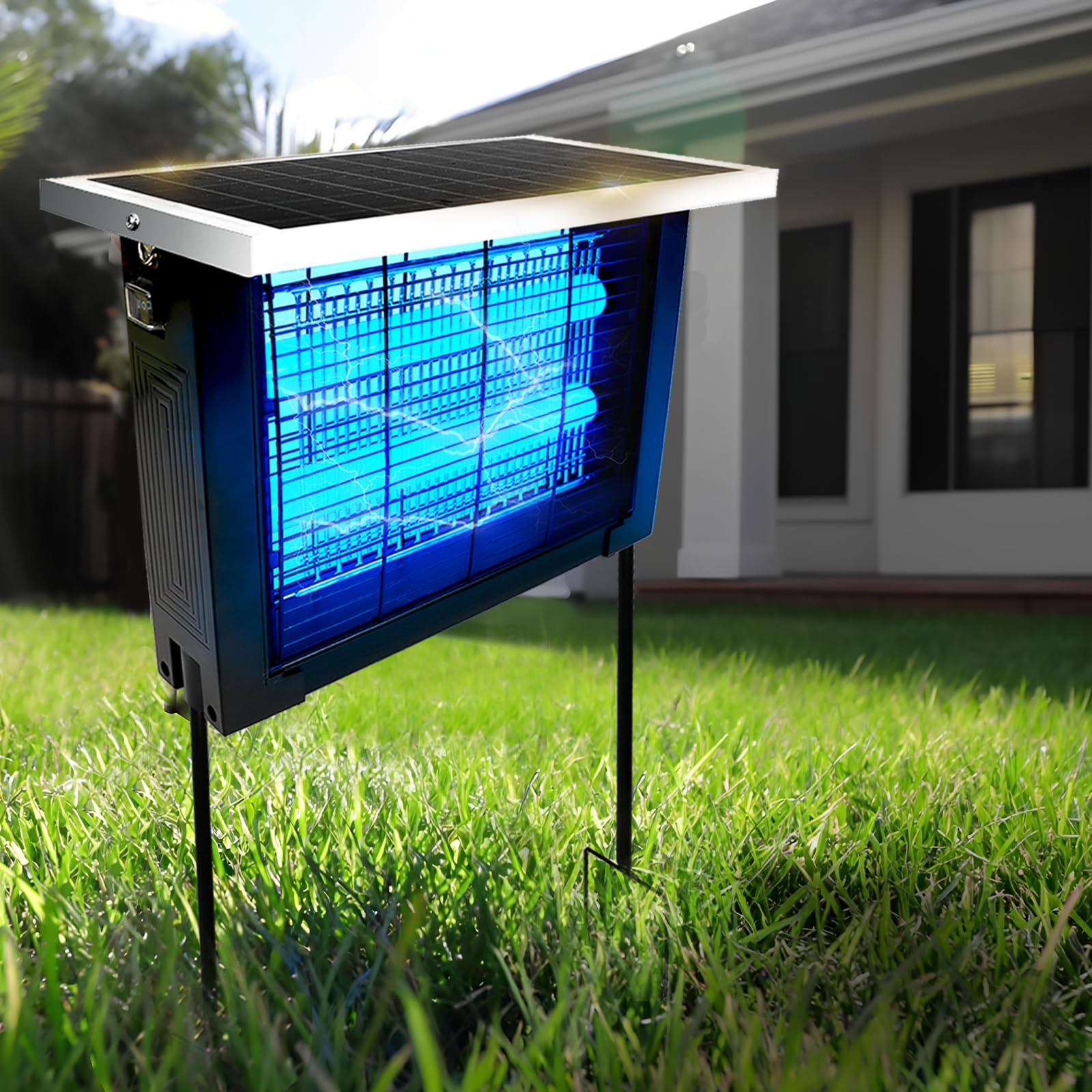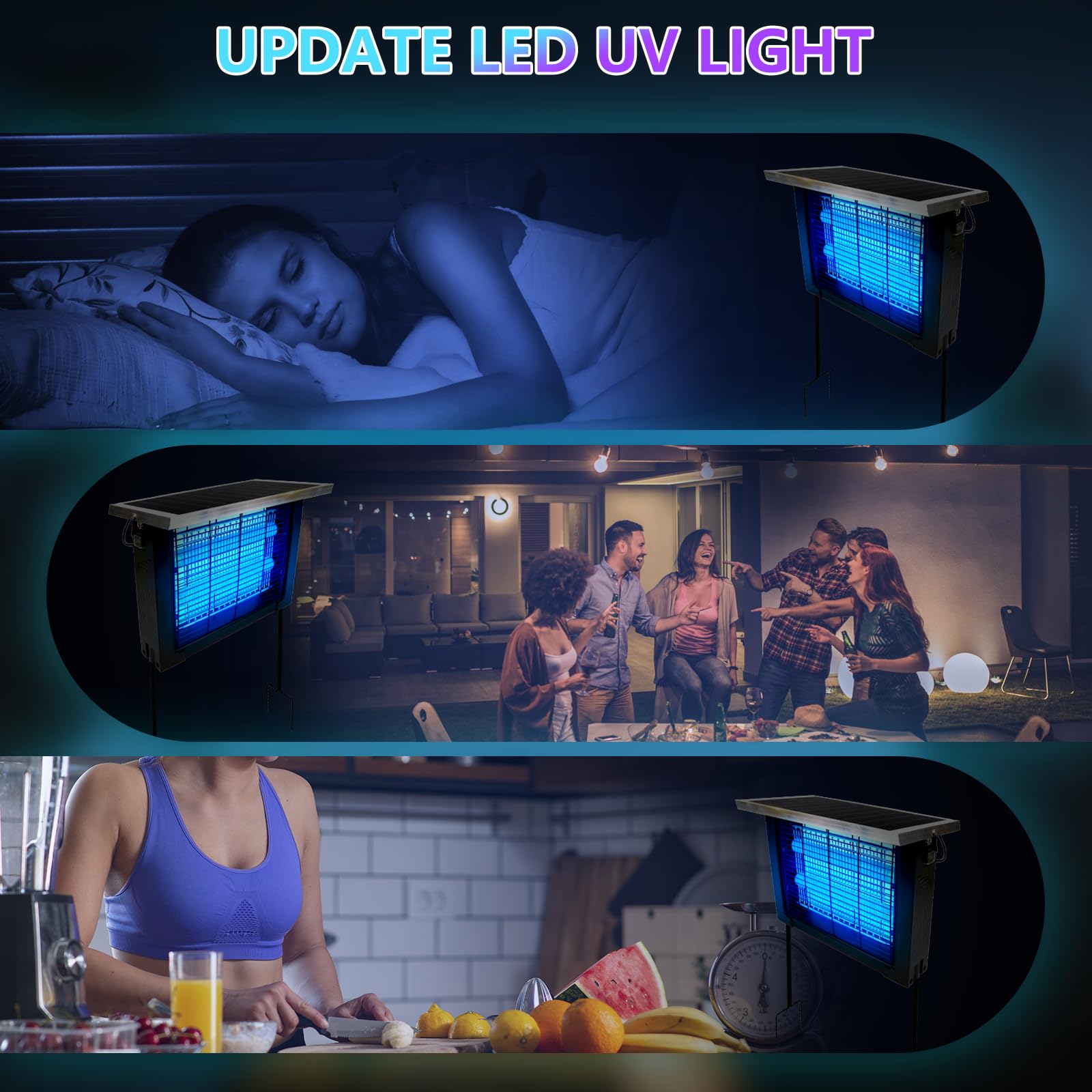In today’s precision-driven industrial world, quality control is everything. A single microscopic flaw in a semiconductor wafer, a scratch on a car panel, or an air bubble in pharmaceutical glass can ruin entire production batches, lead to recalls, or destroy a brand’s reputation.
To prevent that, factories rely on industrial inspection lighting — specialized illumination systems engineered to reveal defects invisible to the naked eye. These lights aren’t just brighter; they are smarter, designed around the physics of light, material behavior, and human (or machine-vision) perception.
This article explores how modern optical lighting has revolutionized industrial inspection — from its basic principles to real-world applications and future trends. By the end, you’ll understand how the right light can make the invisible visible — and why “seeing clearly” means more than just turning on a bulb.
1. The Role of Lighting in Industrial Inspection
Lighting is the unsung hero of every inspection process. Whether a human operator or a camera is doing the checking, the accuracy of the inspection depends on what and how you illuminate.
If lighting is inconsistent, too weak, or incorrectly angled, defects vanish. Conversely, when light is optimized — in color temperature, wavelength, intensity, and geometry — even the tiniest surface anomaly stands out with striking clarity.
1.1 Human vs. Machine-Vision Inspection
Traditional inspection relies on human vision under white light. But human eyes fatigue easily and struggle with small, repetitive differences.
Machine vision, however, requires consistent, repeatable illumination. Cameras can’t adapt to changing shadows or color shifts like the human eye. That’s where specialty inspection lights — including LED arrays, UV, infrared (IR), and structured laser sources — come in.
They provide uniform brightness, stable color, and narrow spectral output so cameras can detect and analyze features with mathematical precision.
2. The Science Behind Defect Visibility
To understand why certain lights work better than others, it helps to know a bit of physics.
2.1 Reflection, Refraction, and Scattering
When light hits a surface, part of it reflects, part refracts, and part scatters. Defects like scratches, dents, or dust alter how light behaves:
-
Scratches cause specular reflections at different angles.
-
Dust creates scattering that diffuses intensity.
-
Cracks or bubbles refract light inconsistently.
By controlling the angle, wavelength, and coherence of light, engineers can amplify these effects, making imperfections far more visible.
2.2 Wavelength Selection
Different wavelengths penetrate or reflect differently:
-
Visible white light (400–700 nm): general-purpose inspection for surface finish and color accuracy.
-
Ultraviolet (UV): reveals organic residues, cracks, or fluorescence from contamination.
-
Infrared (IR): penetrates coatings and reveals subsurface defects or heat distribution.
-
Laser and structured light: highlight dimensional irregularities or surface textures with micron-level accuracy.
The right wavelength depends entirely on the material and defect type.
3. Types of Industrial Inspection Lighting
Modern factories use a variety of specialized lighting systems. Let’s explore the most common types and what makes each unique.
3.1 LED Ring Lights
Used widely in machine-vision inspection, LED ring lights encircle the camera lens and provide even illumination. Their key advantages:
-
Shadow-free lighting for flat surfaces.
-
Adjustable brightness and color temperature.
-
Compact, low-power design.
Ideal for inspecting electronic components, packaging labels, or plastic surfaces.
3.2 Bar Lights and Line Lights
Bar lights are linear LED arrays that create directional illumination across surfaces. When used at shallow angles, they accentuate texture, making scratches or uneven coatings pop out.
Line lights are essential for line-scan cameras that capture high-speed conveyor images — common in textile, paper, or steel production.
3.3 Coaxial Lights
Coaxial lights deliver light through a half-mirror at the same axis as the camera. This configuration eliminates shadows and highlights reflective surfaces evenly.
Perfect for detecting micro-scratches on wafers, polished metals, or glass panels.
3.4 Backlights
Placed behind a transparent or semi-transparent object, backlights create silhouettes that reveal shape or edge defects.
They are indispensable for dimension measurement, hole alignment checks, and seal inspection in packaging.
3.5 Dome Lights
Dome lights diffuse illumination uniformly in all directions, minimizing glare and making curved or glossy surfaces easier to inspect.
They are popular in automotive paint and lens inspection, where reflection control is crucial.
3.6 UV and IR Specialty Lights
Beyond visible LEDs, UV (ultraviolet) and IR (infrared) sources serve unique functions:
-
UV highlights fluorescence from adhesives, coatings, or biological contamination.
-
IR penetrates layers to detect delamination or moisture beneath surfaces.
Together, they expand visibility beyond what the human eye can perceive.
4. Application Fields: Where Specialty Lighting Makes a Difference
Industrial inspection lighting is not one-size-fits-all. Every industry has distinct requirements and challenges.
4.1 Electronics and Semiconductor Manufacturing
In semiconductor fabs, the margin for error is microscopic. Lighting systems must reveal hairline cracks, solder bridge defects, or foreign particles smaller than a grain of dust.
-
Coaxial and ring lights ensure even reflection on wafers.
-
UV lighting detects residues on photoresist coatings.
-
IR imaging identifies subsurface bonding issues.
Precision lighting allows inspection robots to “see” flaws long before they affect yield.
4.2 Automotive Industry
Car manufacturing depends heavily on visual quality. Defects like paint runs, scratches, or surface waviness can ruin an entire panel.
-
Dome and diffuse lights reduce glare on curved panels.
-
High-intensity linear LEDs enhance contrast on metallic finishes.
-
Laser and structured light systems perform 3D scanning for body alignment and welding seams.
These optical setups enable not only defect detection but also process control and consistency monitoring.
4.3 Pharmaceutical and Medical Device Inspection
When safety is at stake, precision is non-negotiable.
-
UV lighting ensures vials and syringes are particle-free.
-
Backlights reveal cracks or air bubbles in glass containers.
-
IR systems verify seal integrity on sterile packaging.
Specialty lighting supports regulatory compliance with FDA and GMP standards, ensuring every dose meets purity and safety requirements.
4.4 Food and Beverage Production
In food inspection, lighting helps automate the detection of contaminants, shape irregularities, and color variations.
-
Multispectral lights differentiate organic from inorganic matter.
-
Polarized LEDs reduce glare from moist surfaces.
-
UV light exposes biological contamination invisible in white light.
Fast, uniform lighting is crucial for conveyor-based inspection systems running thousands of units per minute.
4.5 Aerospace and Precision Engineering
Aircraft components demand flawless structural integrity. A hairline crack in a turbine blade or composite panel can be catastrophic.
-
UV inspection lamps detect surface cracks in NDT (non-destructive testing).
-
Laser line projectors assess alignment and geometry.
-
IR imaging detects delamination in carbon fiber composites.
Lighting enables early detection, reducing maintenance costs and improving safety.
4.6 Textile and Printing Industries
For industries where texture and color uniformity matter:
-
Line-scan lighting ensures consistent fabric weaving and color.
-
Strobe LEDs synchronize with high-speed print heads for blur-free inspection.
-
Color-tunable lighting helps match pigment accuracy across batches.
4.7 Laboratory and R&D Environments
Research labs use specialty lighting to observe chemical reactions, biological fluorescence, and optical phenomena under controlled wavelengths.
-
UV and blue LEDs excite fluorescence for biological assays.
-
IR lamps track heat distribution during material testing.
-
Adjustable-spectrum systems allow scientists to simulate daylight or controlled spectral conditions.
Here, lighting is both a tool of observation and experimentation.
5. Key Optical Parameters in Inspection Lighting
Selecting the right light means understanding optical parameters that directly affect visibility.
5.1 Color Temperature (CCT)
Measured in Kelvin (K):
-
2700–4000 K: warm white — softer, less contrast.
-
5000–6500 K: daylight white — balanced, accurate color rendering.
-
7000 K and above: cool white — sharper contrast, suitable for precision inspection.
5.2 Color Rendering Index (CRI)
CRI measures how accurately colors appear under a light source. For inspection, aim for CRI > 90 to ensure accurate color perception and defect differentiation.
5.3 Intensity and Uniformity
Too much brightness can cause glare; too little hides flaws. Uniform illumination across the field of view is vital — uneven lighting produces inconsistent data.
5.4 Polarization
Polarized light minimizes reflections on shiny or wet surfaces. Cross-polarization techniques (polarizer on light + analyzer on lens) help isolate true color and surface detail.
5.5 Flicker and Stability
Inspection cameras operate at high shutter speeds. Flicker or brightness fluctuation leads to false readings. Industrial lights must offer constant current drivers for flicker-free performance.
6. Integrating Lighting with Machine Vision
Lighting doesn’t work in isolation — it forms part of a larger machine-vision ecosystem.
A typical setup includes:
-
Illumination source (specialty light)
-
Camera (monochrome or color)
-
Lens (controls focus and field of view)
-
Image-processing software (analyzes captured data)
Lighting defines the contrast; the camera captures it; software interprets it. If lighting fails, the whole system fails.
Advanced systems now use smart lighting controllers that synchronize with cameras, dynamically adjusting intensity or angle depending on the surface reflectivity.
7. Case Study: Defect Detection in Metal Surface Finishing
A metal-finishing plant producing stainless steel panels faced inconsistent visual inspection. Human inspectors missed micro-scratches, leading to customer complaints.
After switching to a multi-angle LED inspection system with polarized filters, results improved dramatically:
-
Defect detection accuracy increased by 35%.
-
Inspection speed doubled.
-
Operator fatigue dropped significantly.
This demonstrates how optical optimization, not manpower, solves quality problems.
8. Energy Efficiency and Durability
Older halogen and fluorescent systems consumed enormous power and produced heat that distorted readings.
Modern LED-based inspection lights offer:
-
80% lower energy use
-
Longer lifespans (50,000+ hours)
-
Minimal heat emission
-
Compact form factors for integration into robotic arms
Energy efficiency isn’t just about cost — cooler lights also reduce thermal interference with sensitive samples.
9. Safety and Compliance
Specialty lighting — especially UV and laser sources — requires careful handling.
-
UV radiation can damage skin and eyes; enclosures and shielding are mandatory.
-
Laser systems must comply with ANSI Z136 safety standards.
-
Electrical certifications (UL, CE, RoHS) ensure operational reliability.
For factories under ISO 9001 or ISO/IEC 17025 accreditation, documented lighting calibration and traceability are essential.
10. Choosing the Right Industrial Inspection Light
Selecting a lighting system involves balancing performance, compatibility, and budget.
10.1 Step 1: Define the Inspection Goal
What are you trying to detect — surface texture, contamination, geometry, or internal defects?
10.2 Step 2: Match Lighting Type to Material
| Material | Recommended Light Type | Reason |
|---|---|---|
| Metal | Diffuse dome / polarized | Reduce glare, highlight scratches |
| Glass | Coaxial / backlight | Detect cracks and inclusions |
| Plastic | Bar light / UV | Reveal stress patterns |
| Textile | Line light | Emphasize weave and color |
| PCB | Ring / coaxial | Highlight solder and components |
10.3 Step 3: Consider Environmental Factors
Temperature, dust, and vibration affect light stability. Use IP-rated enclosures and industrial-grade mounts.
10.4 Step 4: Integrate with Vision System
Ensure electronic compatibility — some lights require trigger inputs, PWM control, or digital interfaces for synchronization.
10.5 Step 5: Test and Calibrate
Always run comparative tests. Subtle changes in angle or wavelength can yield dramatically better results.
11. The Future of Optical Inspection Lighting
As automation advances, so does lighting. Three key trends are shaping the next decade:
11.1 Smart Adaptive Lighting
AI-controlled lighting systems adjust color, brightness, and polarization in real time based on feedback from vision algorithms.
This adaptive approach minimizes manual tuning and ensures consistent quality across product variations.
11.2 Hyperspectral and Multispectral Illumination
Instead of one wavelength, hyperspectral systems use dozens or hundreds of spectral bands. They don’t just see shape or color — they identify material composition.
Applications include:
-
Detecting counterfeit products
-
Sorting plastics by polymer type
-
Evaluating coating thickness or oxidation levels
11.3 Integration with Robotics and AI
Lighting modules are now embedded into robotic end-effectors, enabling dynamic illumination angles during inspection. Combined with AI image processing, robots can “learn” optimal lighting setups for each product type.
The result: fewer false positives, faster inspection cycles, and smarter factories.
12. Economic and Environmental Impact
Although advanced lighting systems may seem costly upfront, they quickly pay off through:
-
Reduced scrap and rework
-
Faster inspection throughput
-
Lower labor costs
-
Energy savings
-
Enhanced product reputation
Furthermore, LED and laser systems have smaller carbon footprints than traditional lighting, aligning with global sustainability goals.
13. Challenges and Considerations
Despite major advances, inspection lighting still faces challenges:
-
Balancing brightness and heat in confined spaces.
-
Dealing with reflective or transparent materials.
-
Maintaining calibration over long production cycles.
-
Ensuring consistency across multiple production lines.
Continued R&D focuses on compact, self-monitoring systems that diagnose and compensate for performance drift automatically.
14. From Factory to Laboratory: Bridging Environments
Industrial and laboratory lighting share the same mission — precision visibility — but with different constraints.
Factories need rugged, high-throughput systems; laboratories need high-accuracy, variable-wavelength setups. Increasingly, technology flows both ways: lab innovations like tunable LEDs and structured light scanners are now standard in production floors.
This cross-pollination between research and manufacturing drives the next generation of defect detection tools.
15. Conclusion: Light as the Final Quality Gate
In modern manufacturing, quality begins long before packaging — and it ends at the light.
Industrial inspection lighting transforms invisible imperfections into visible data. It empowers engineers to maintain consistency, protect brand reputation, and push product performance to the next level.
From semiconductors and cars to pharmaceuticals and precision optics, optical lighting technology is the silent guardian of quality — ensuring that no defect, however small, can hide in the shadows.
As industries embrace automation and AI, one truth remains constant: the clearer you see, the better you make.
And the light — engineered, optimized, and focused — is what makes that possible.

